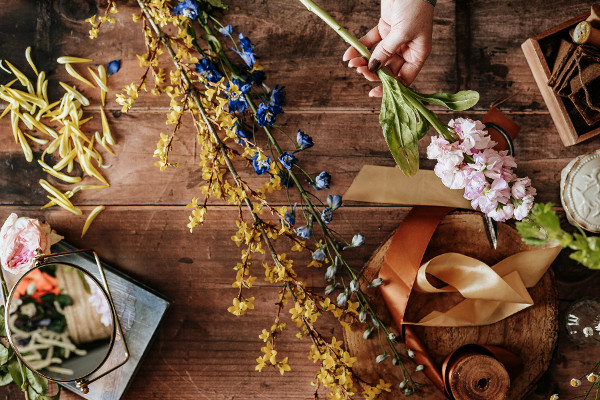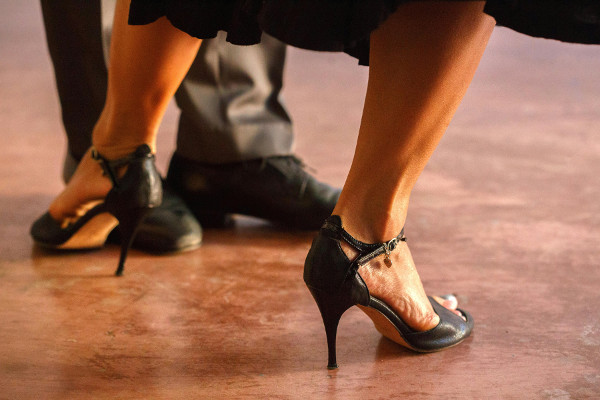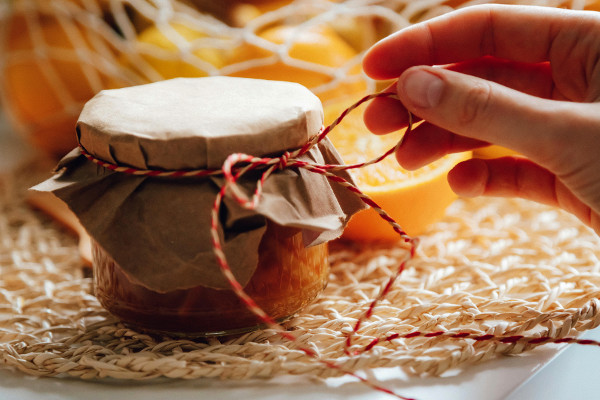How to Make Homemade Natural Beauty Products: Easy Recipes & Tips
Making your own natural beauty products is a wonderful way to embrace simplicity and care for your skin with gentle, wholesome ingredients. By crafting your own skincare and haircare, you reconnect with nature and personalize your routine without harsh chemicals. This guide answers common questions about ingredients, recipes, and safety, helping you start your journey confidently. Whether you’re curious about natural oils, homemade deodorant, or body scrubs, these tips offer a mindful, creative path to glowing, healthy skin.
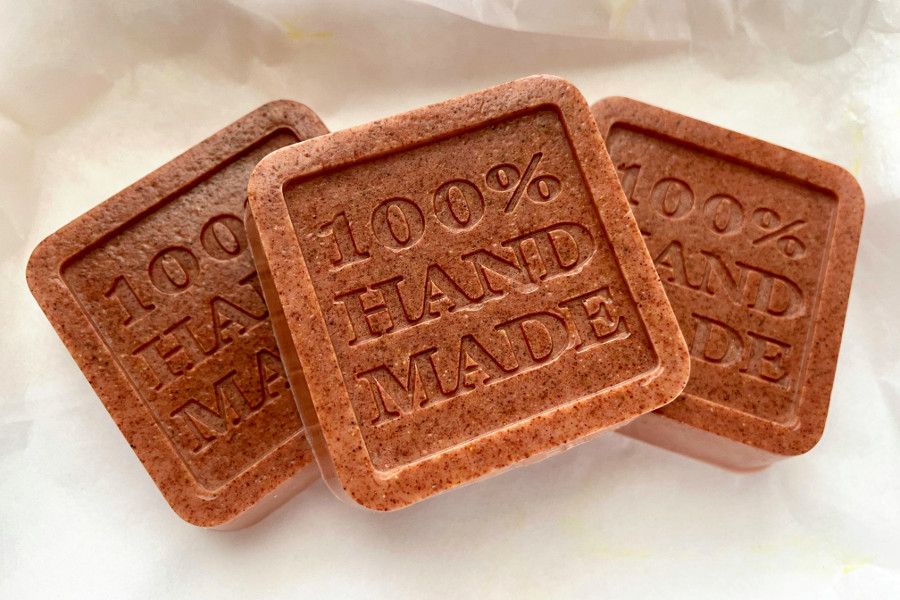
1. How do I make my own natural beauty products at home?
Making your own natural beauty products at home is a simple and rewarding way to connect with what you put on your skin. It all starts with choosing gentle, wholesome ingredients – think oils, herbs, and natural butters. There’s no need for complicated tools; a clean bowl and some basic kitchen equipment will do. The magic happens when you blend, melt, or infuse these ingredients, crafting formulas tailored to your skin’s needs. Keeping everything hygienic and stored properly is key. It’s a process that encourages patience and creativity, letting you take control of your beauty routine in a mindful, natural way.
2. What are the best ingredients for homemade natural beauty products?
When it comes to homemade natural beauty products, the ingredients you pick make all the difference. Nourishing oils like coconut, jojoba, and almond work wonders for moisturizing and balancing. Butters such as shea and cocoa offer rich hydration and protection. Beeswax is fantastic for creating texture, especially in balms. Then there are essential oils – tiny drops packed with scent and healing powers, though they should be used sparingly. Fresh herbs, aloe vera, honey, and clay also have their place, adding soothing and cleansing benefits. Using fresh, organic ingredients whenever possible brings your products to life in the purest way.
3. How can I make a natural face mask?
Making a natural face mask is easier than you might think. Start by thinking about your skin’s needs – do you want to hydrate, soothe, or refresh? Mix simple kitchen ingredients like honey, yogurt, oatmeal, or clay to suit your goals. Apply the mask evenly on clean skin, then let it work its magic for 10 to 20 minutes. It’s gentle, calming, and free from harsh chemicals. The best part is how customizable it is: a pinch of turmeric for brightness, avocado for moisture, or aloe for soothing. Always test on a small patch first – your skin’s comfort comes first.
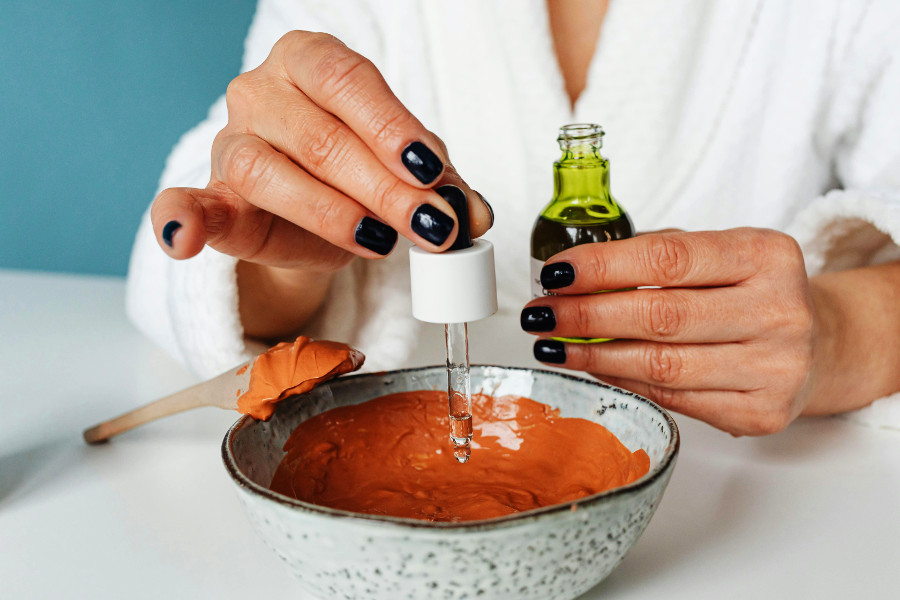
4. What are some easy DIY natural skincare recipes?
If you’re new to natural skincare, start with easy recipes that use just a few ingredients. A sugar scrub made with coconut oil, for example, gently buffs away dead skin while leaving it soft. Or try a simple face mask blending mashed avocado with honey – rich, hydrating, and quick to make. Aloe vera gel can double as a refreshing toner, and whipped shea butter makes a perfect natural moisturizer. These simple recipes avoid synthetic chemicals and offer a chance to experiment with what your skin loves – all without breaking the bank or your schedule.
5. How do I make natural lip balm?
Natural lip balm is one of the simplest and most satisfying products to make at home. Melt beeswax, a carrier oil like coconut or almond, and some rich butter – like shea or cocoa – gently together in a double boiler. Once melted, add a few drops of your favorite essential oil for a subtle scent. Pour the mix into small containers and let it set. What you get is a balm that protects and moisturizes, free from artificial ingredients. It’s perfect for keeping lips soft and nourished, especially during cold or dry seasons.
6. Can I make natural hair care products myself?
Absolutely, making your own natural hair care products is a wonderful way to treat your hair with care. Simple ingredients like coconut oil and honey can be combined to make deep conditioning masks. Apple cider vinegar rinses restore balance to the scalp, while gentle natural soaps or castile soap serve as effective shampoos. You can also whip up conditioners using aloe vera or shea butter. These homemade options avoid the harsh chemicals found in many commercial products and allow you to tailor your hair care to your specific needs.
7. What natural oils are good for skin and hair?
Natural oils are like little treasures for skin and hair. Coconut oil is a classic – deeply moisturizing and antibacterial, perfect for dry or damaged hair and skin. Jojoba oil closely mimics the skin’s own oils, making it excellent for balancing oily or combination skin. Argan oil, rich in vitamin E, adds shine and softness. Almond oil is gentle and soothing, while rosehip oil supports skin renewal. Castor oil can even promote hair growth. These oils can be used on their own or mixed to nourish and protect, offering a natural way to keep your skin and hair healthy.
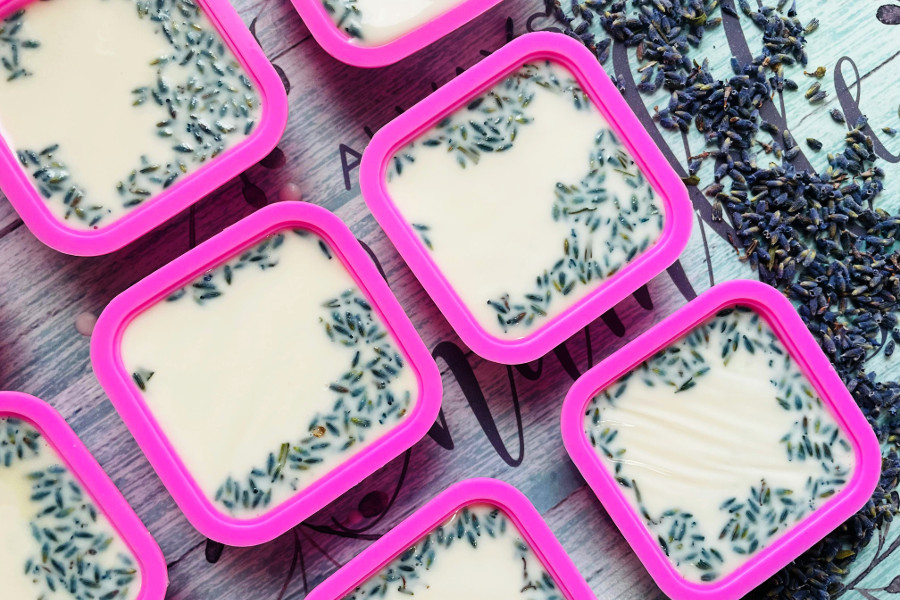
8. How do I make a natural body scrub?
A natural body scrub is simple to make and feels like a mini spa treatment. Start with an exfoliant like sugar or salt to sweep away dead skin cells. Mix in nourishing oils such as coconut or olive oil to create a paste that’s easy to spread. You can add extras like coffee grounds for a boost or honey for soothing moisture. Apply the scrub on damp skin in gentle circles, then rinse off. The result is smooth, glowing skin without any harsh chemicals, and the process is a beautiful way to pamper yourself naturally.
9. Are homemade natural beauty products safe?
Homemade natural beauty products can be very safe, but it’s important to approach them thoughtfully. Using clean tools and fresh, high-quality ingredients helps prevent contamination. Always patch test new ingredients on a small skin area to catch any sensitivities. Some natural ingredients can still cause irritation, so knowing your skin type and any allergies is key. Store products properly and make small batches to avoid spoilage. With care and attention, homemade products can offer gentle, effective alternatives to store-bought cosmetics.
Here are a couple of blogs where you can find more in-depth information about natural homemade beauty products,
what's safe and what ingredients have high nutritional value for the body.
- Wellness Mama
- The Natural Beauty Workshop
- Hello Glow
- Little Green Dot Blog
- Jenni Raincloud
10. How do I preserve natural beauty products without chemicals?
Preserving natural beauty products without synthetic chemicals is about good practices and natural helpers. Use clean, airtight containers and store products in a cool, dark place, or even in the fridge if they contain water. Natural antioxidants like vitamin E oil or rosemary extract can extend shelf life. Since these products lack harsh preservatives, it’s wise to make smaller batches you can use quickly. Avoid dipping fingers into jars – use a clean spatula instead to keep bacteria out. With these simple steps, you can enjoy fresh, natural beauty products safely.
11. What are the benefits of using natural beauty products?
Choosing natural beauty products means embracing fewer chemicals and more kindness for your skin and the planet. They often contain nourishing oils, butters, and plant extracts that deliver vitamins and antioxidants. Because they’re made from simple, recognizable ingredients, you know exactly what’s going on your skin. Natural products can be gentler and less irritating, especially for sensitive skin. They’re also more sustainable and eco-friendly, reducing your environmental footprint. Making your own natural products lets you customize your routine and reconnect with the joy of simple, wholesome self-care.
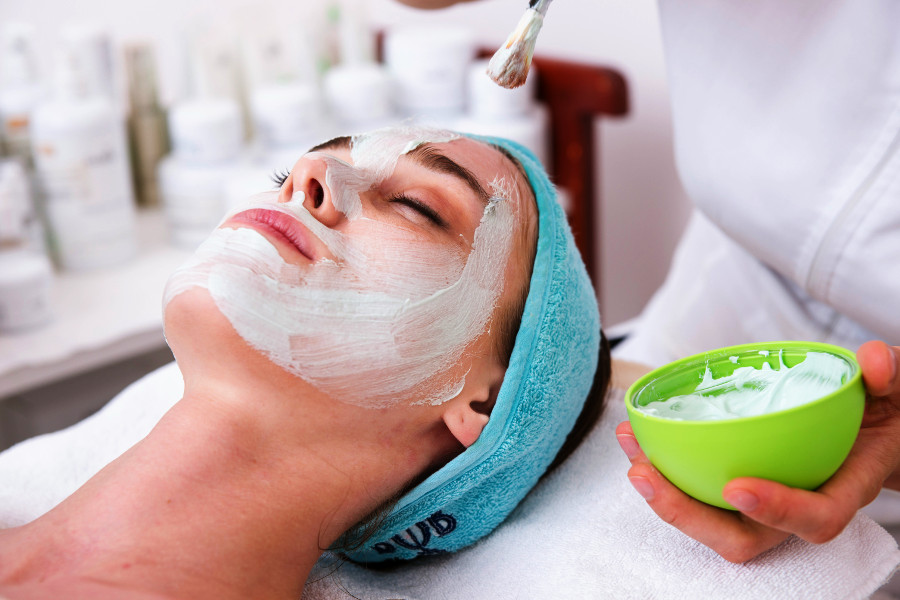
12. How do I make natural deodorant at home?
Natural deodorant is surprisingly easy to make and effective without the harsh chemicals found in many store brands. Mix baking soda and arrowroot powder or cornstarch for odor control and moisture absorption. Melt coconut oil and shea butter to bind the ingredients and soothe the skin. Add a few drops of antibacterial essential oils like tea tree or lavender for freshness. Once mixed, pour into a container and let it solidify. This homemade deodorant lets your skin breathe naturally while keeping odor at bay, all without aluminum or synthetic fragrances.
13. What tools do I need to make natural beauty products?
You don’t need fancy tools to start making natural beauty products. Basic kitchen items like mixing bowls, spoons, and measuring cups are perfect. A double boiler or microwave-safe bowl helps melt ingredients gently. Glass jars, tins, or bottles provide clean storage for your creations. A kitchen scale is handy for precise measurements, especially if you want consistent results. Strainers or cheesecloth can be useful for infusing herbs. Most importantly, keep your tools clean and sanitized – that’s the secret to safe and beautiful homemade products.
14. Can natural beauty products help with acne?
Natural beauty products can definitely support acne-prone skin by soothing inflammation and balancing oil production. Ingredients like tea tree oil offer natural antibacterial effects, while aloe vera and honey calm irritation and speed healing. Clay masks help absorb excess oil and impurities without stripping the skin. That said, results vary, and some oils or botanicals may clog pores if not chosen carefully. Always patch test new products and observe your skin’s reaction. While natural products can complement acne care, severe cases should still be checked by a professional.
15. How do I make natural moisturizer for dry skin?
To make a natural moisturizer for dry skin, blend rich, nourishing ingredients like shea or cocoa butter with hydrating oils such as almond or jojoba. Gently melt the butter, then whisk in oils and optional aloe vera for a cooling effect. This creates a creamy, soothing moisturizer that locks in moisture and repairs dry skin. Avoid synthetic fragrances or irritants, and apply to damp skin after cleansing for best absorption. It’s a comforting, natural way to hydrate your skin deeply, bringing softness and relief without any harsh chemicals.
Good luck with your adventures in creating homemade beauty products.

